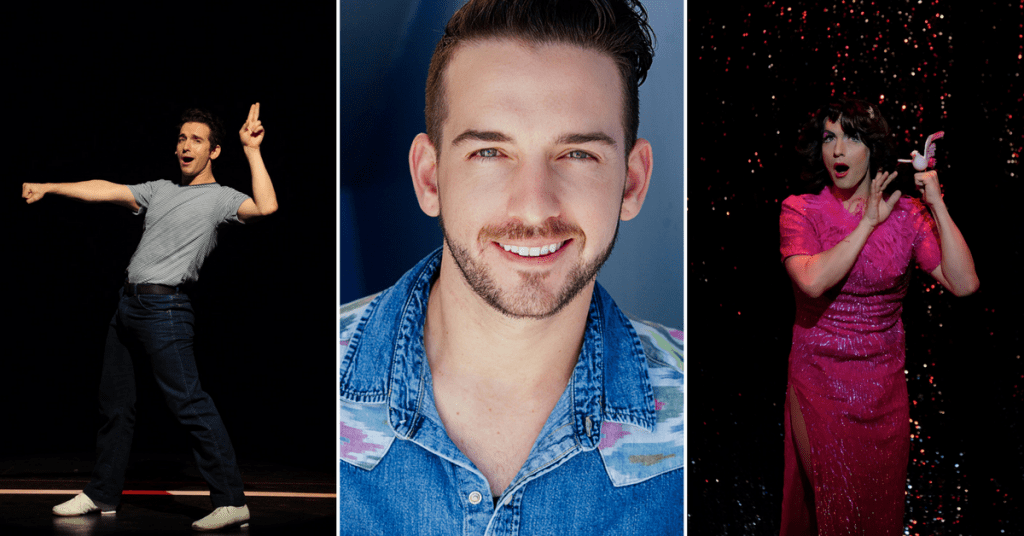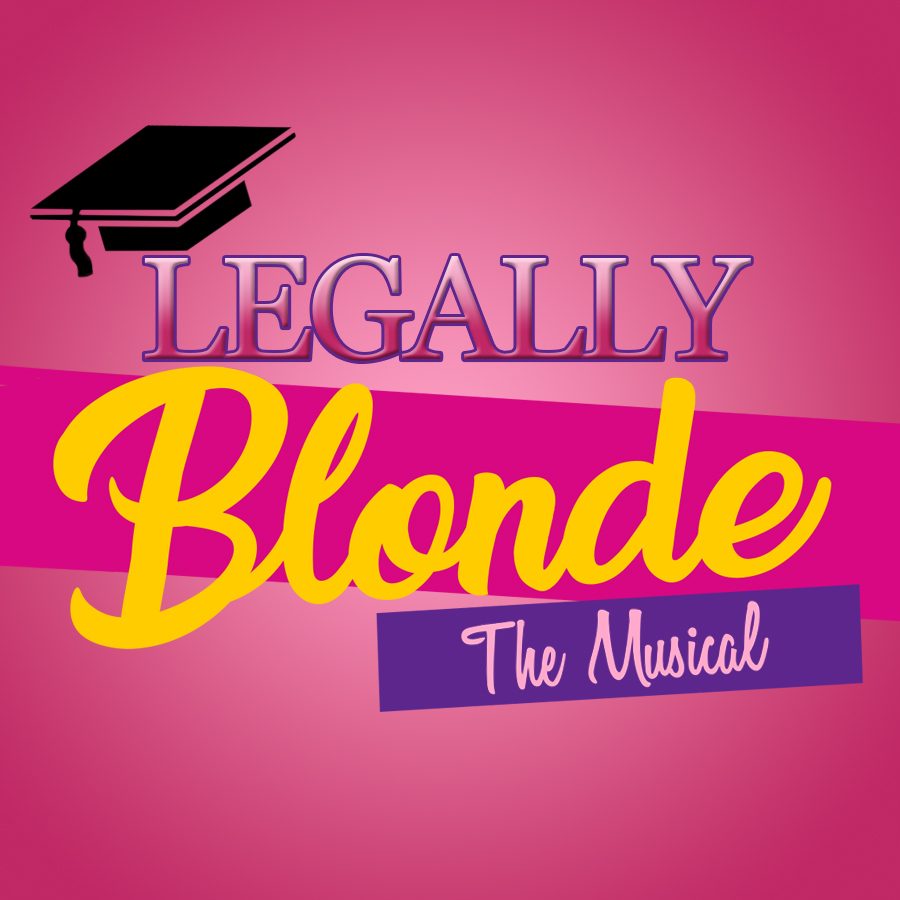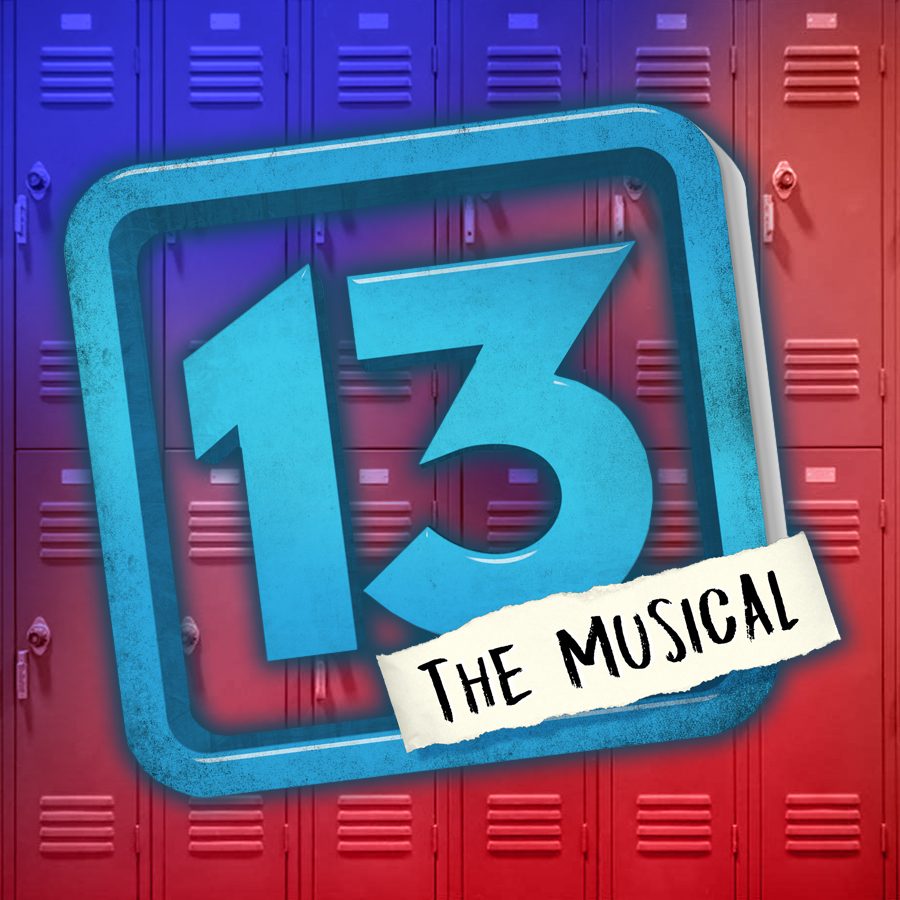A Chat with Luke Jacobs — Dance Captain of The Full Monty
We sat down with cast member Luke Jacobs, who not only performs onstage in the ensemble of The Full Monty, but also works offstage as the show’s Dance Captain.

What is the role of a dance captain and why are they necessary for theatre productions?
A dance captain is utilized to maintain the artistic integrity of the show from a choreographic point of view. They work in tandem with the Stage Manager once the show opens and the creative team’s work is done, to preserve the standards of the show. A dance captain is a great tool to have as a part of a production, because shows, and the humans that perform in them, are living, breathing works of art. Naturally, the choreography and staging are going to shift. The dance captain is another set of eyes that ensures the director and choreographer’s vision and intention remain intact as the show grows. Dance captains also troubleshoot any arising complications the show might face, i.e. re-blocking or adjusting for injuries, replacements, etc. Should a replacement be required, it’s the dance captain’s job to teach the movement and choreography to the new cast member.
I’ve dance captained for eight productions. Prior to The Full Monty, at SDMT I was the dance captain for Damn Yankees. Most recently I was the dance captain for Cabaret at ion theater, On the 20th Century and Pageant at Cygnet Theatre, and several productions with Lamb’s Players Theatre.
The Full Monty isn’t known for having a lot of dance numbers. How does a dance captain’s role differ in a show like The Full Monty vs. a show like 42nd Street?
Part of the charm of a show like The Full Monty is the idiosyncrasies and “every-man-ness” of these gents in the show, that the audience falls in love with. These men are definitely not dancers and their movement should reflect that. The great balance and juggling-act is making the choreography look uniform, but also not cleaning and perfecting it so much that the uniqueness is lost. A show like 42nd Street with a huge cast, demands the choreography be super-precise. The amazing feat in a show with a cast that big is getting every dancer to be perfectly in sync with each other.
What is one of the most challenging things about being a dance captain?
By far the most challenging thing is preparing for situations that you simply can’t prepare for. The instances where something goes wrong and you have to think on your toes. It’s a nice test of our flight or fight reflexes. I was co-dance captaining a dance-heavy show with a small cast. In a show like that, if a dancer is out, it takes a lot of adjusting to ensure that there isn’t a big hole left onstage. We had a show where a dancer was very quickly taken ill and wouldn’t be able to dance a big group number at the end of Act 1. My partner and I had to conference very fast in the few moments in between scenes and costume changes to come up with a passable solution to make the audience think there wasn’t anything amiss. Even with the planning we did, there were problems that we solved in real time… during the number… while the audience watched. It was, in a word, a thrill!
What is your favorite thing about being a dance captain?
One of the most gratifying aspects of dance captaining is learning how to speak the same language as the choreographer and the dancers. Everyone’s training and vocabulary are different and everyone learns in a different way. I like to believe I’m a strong communicator and do a good job of getting everyone to speak the same language. It’s pretty gratifying to gain trust and create professional relationships with other actors who were previously strangers.
Last week you went on at the last minute for another actor who was ill with less than two hours to prepare. What was that experience like and how did your position as a dance captain help you in this situation?
Hoo-boy… The experience was: a blur. I didn’t really have time to freak out or be nervous, so it was just guns blazing into the trial by fire! If I hadn’t known the dances already from helping set the choreography on the actors during the rehearsal process, my performance on Sunday would have been considerably more chaotic. I was very grateful to my cast and crew members for their signals on and offstage, in and out of scenes to tell me where to be next.








